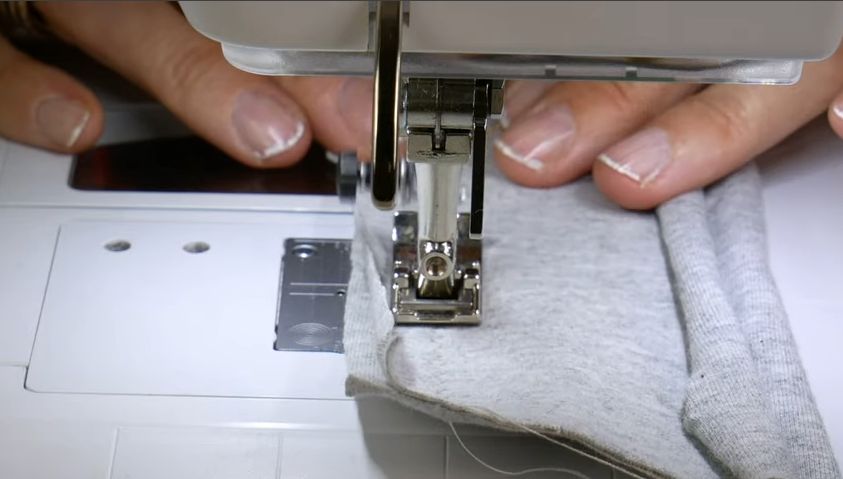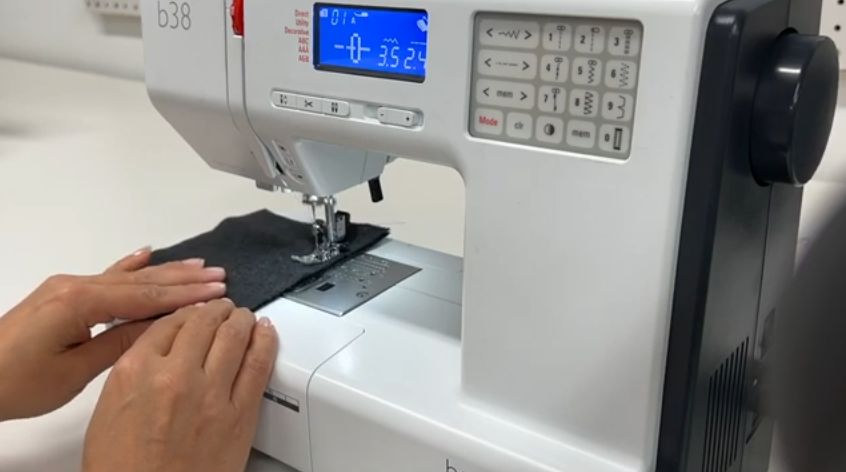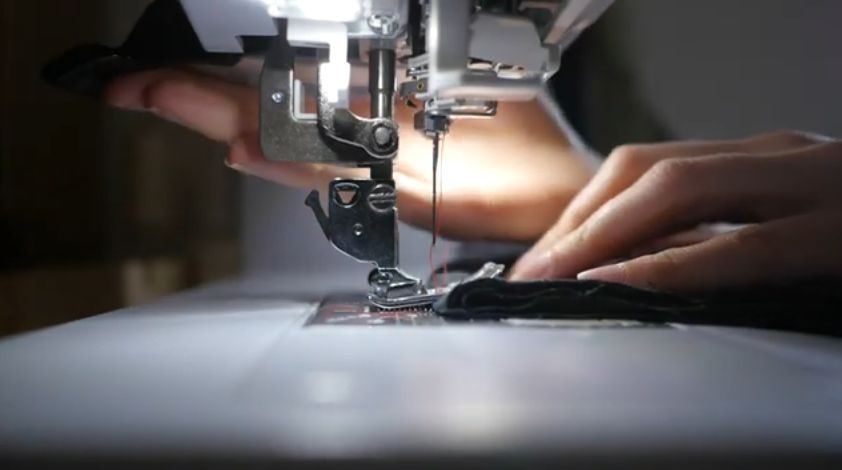Sewing in different fabrics will require diverse techniques. These techniques will develop your expertise. You need to apply a different approach to stitch in a special fabric. This will decide the direction of your sewing journey. Find out the techniques to stitch.
Tips to streamline your sewing fabric
Sewing in stretchy fabric
This is a generic term for any textile item. This fabric stretches more than expected. You will need to enhance your knowledge of stitching in stretchy fabric. The stretchy fabric will make the sewing more difficult. I always pre-wash my stretchy fabric and leave it to dry to keep its shape.
You should ensure that you have the right fabric you are going to need for your job.

Choose a ballpoint or a stretch needle to stitch. These special needles avoid the damage and the rounded tip pushes the yarns away when sewing. You also need to consider the right size of your needle along with the right thread. Regular polestar thread will work better in sewing.
To set the perfect pattern, take your pattern and place it on the fabric. For knitted jersey, take away the curl. It’s also important to take time for sewing this type of fabric. These techniques will give you confidence.
Sewing on wool fabric
Wool fabric is usually used to keep warm; this fabric is long long-lasting item. Again, stitching in this type of fabric will require different knowledge. Start pre-shrinking and pressing to prepare the fabric. You need to choose a pattern that will suit the wool fabric. If you have a bulky wool item, use a heavy needle.

You should practice on the scrap fabric before starting to sew. Take good care when pressing wool. The temperature of iron will cause damage. I usually set the stitch length as 2-3mm and I use 5-7 size needles to sew this type of fabric.
How to sew in silk
This is an exotic and luxurious fabric. You will find the texture smooth and soft. Ready your needles and your stitch length before starting. You also need to check the tension; otherwise, it will not pull the fabric. Baste the seam or section to control the fabric. Consider using strips of fusible interfacing.

You should avoid permanent marks that are usually made by pins or needles. Try to use extra fine glass head pins or silk pins. The holes in the silk fabric are less likely to show. You should always test your machine before starting the project and thus you can identify the necessary adjustments.
Stitching in thick Fabrics
Regulate the tension of the machine and check the necessary accessories before you start sewing thick fabrics. You have to be sure about the machine’s capability. Use heavy duty thread to stitch and check the presser foot by trying to pull them.

Use a sharp style of needle that will hold your fabric. Use wonder tape to make sewing easy by holding seams & hems together. Use the walking foot or the roller foot, depending on the thickness of the fabric.
Depending on the fabric, set the plan. At first, understand the fabric characteristics, then match the capacity level of your machine and then take the necessary measurements.